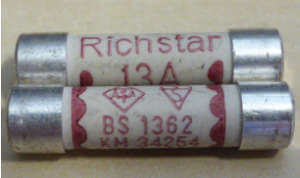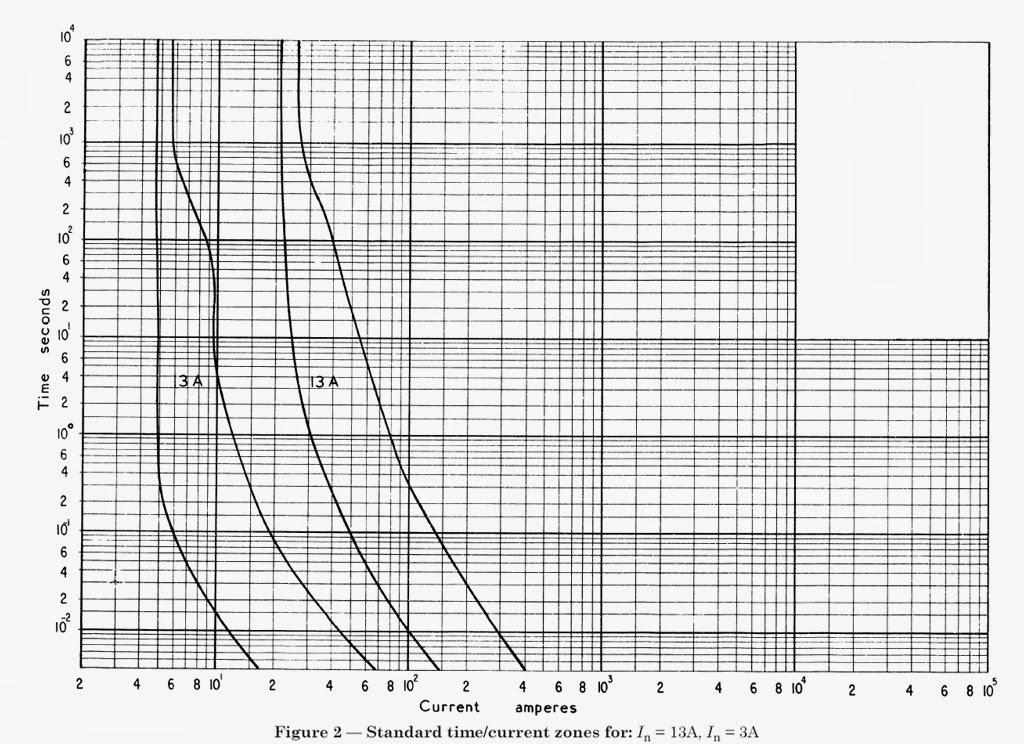Hi,
I am on holiday, staying in my parents static caravan, and the hot water boiler stopped working overnight.
The boiler is a Heatrae Sadia Multipoint 50 litre which is wired to a fused switch on its own circuit. The boiler installation booklet says it should be wired to a 13 amp socket, which it is.
The fused switch socket has burnt out and I am wondering if someone has used a fake 13 amp fuse. The circuit breaker at the consumer unit hadn't tripped either, which concerns me as well.
I have attached some pictures and would be grateful for your feedback please.
I am on holiday, staying in my parents static caravan, and the hot water boiler stopped working overnight.
The boiler is a Heatrae Sadia Multipoint 50 litre which is wired to a fused switch on its own circuit. The boiler installation booklet says it should be wired to a 13 amp socket, which it is.
The fused switch socket has burnt out and I am wondering if someone has used a fake 13 amp fuse. The circuit breaker at the consumer unit hadn't tripped either, which concerns me as well.
I have attached some pictures and would be grateful for your feedback please.










